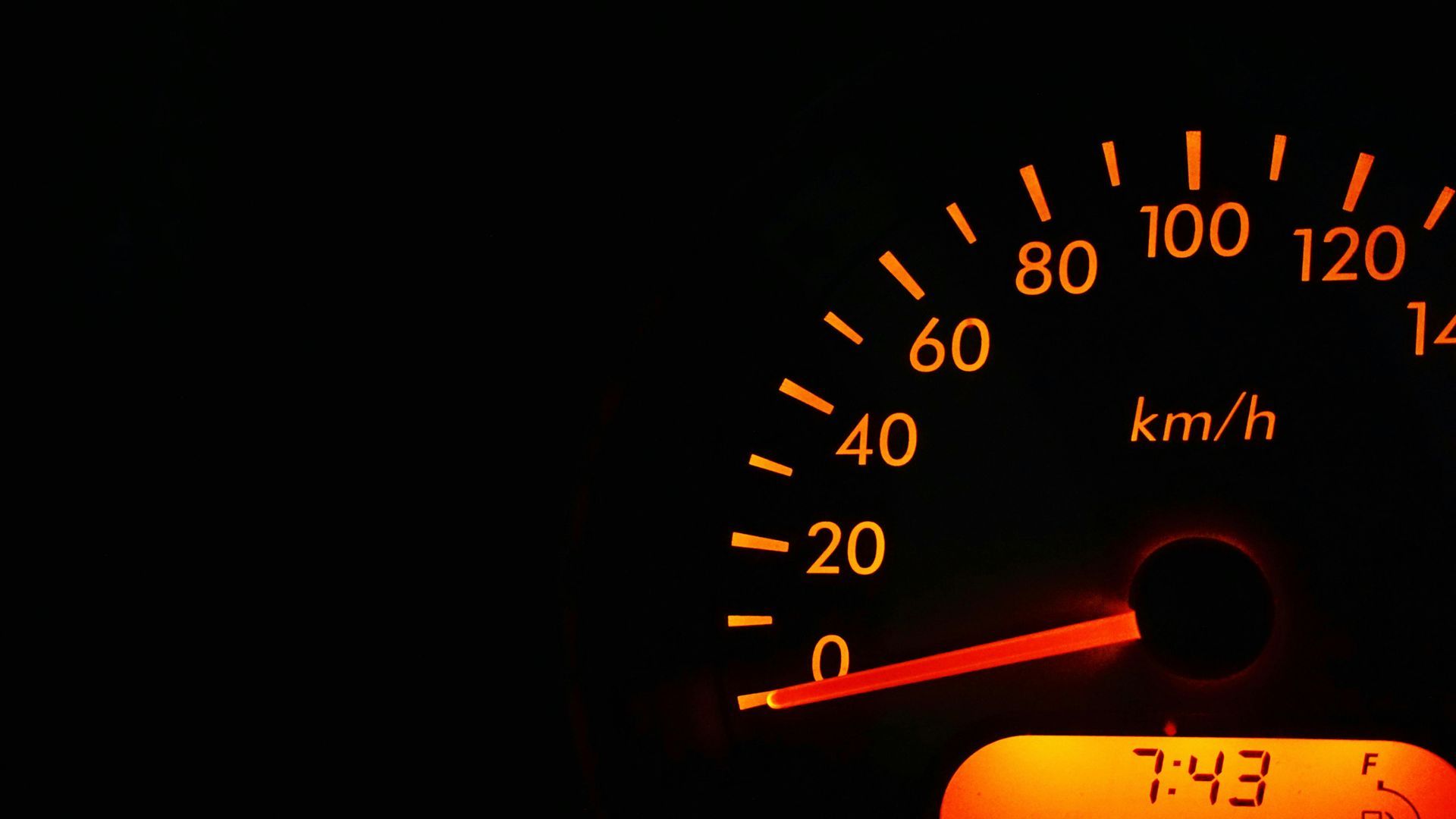SIGNS OF BRAKE PAD WEAR AND REPLACEMENT TIMING
We understand the importance of safe driving, and one crucial aspect of vehicle safety is maintaining your brakes. In this article, we will delve into the signs of brake pad wear and discuss when it's necessary to replace them. Whether you're a car enthusiast or a new driver, this guide will help you identify potential brake pad issues and take timely action to ensure your safety on the road.
Understanding Brake Pads:
Brake pads are an integral part of your vehicle's braking system. They are designed to create the necessary friction to slow down or stop your car when you apply the brakes. Over time, the friction wears down the brake pads, making it crucial to monitor their condition regularly.
Signs of Brake Pad Wear:
Squealing or Screeching Noises: One of the most common signs of worn brake pads is a high-pitched squealing or screeching sound when you apply the brakes. This noise is typically caused by a wear indicator, a small metal tab attached to the brake pad. When the brake pad wears down to a certain level, the wear indicator rubs against the rotor, creating the noise as a warning sign.
Grinding Sensation: If you notice a grinding or metal-on-metal sensation when you apply the brakes, it's a sign of severe brake pad wear. When the brake pad material is completely worn down, the metal backing plate of the pad comes into direct contact with the rotor. This can cause damage to both the rotor and the brake system, necessitating immediate attention from a professional technician.
Reduced Brake Responsiveness: Worn brake pads can result in reduced braking performance. You may notice that it takes longer for your vehicle to come to a complete stop or that the brake pedal feels soft and requires more pressure to engage. If you experience any decrease in brake responsiveness, it's essential to have your brake pads inspected promptly.
Vibration or Pulsation: A vibrating or pulsating sensation while applying the brakes can indicate uneven wear on the brake pads. Warped or damaged rotors can also cause this issue. Regardless of the underlying cause, it's crucial to address this problem promptly to prevent further damage to the braking system.
When to Replace Brake Pads:
Determining the right time for brake pad replacement depends on various factors, including your driving habits, the type of brake pads installed, and road conditions. However, as a general guideline, brake pads should be replaced when they reach a thickness of around 3-4 millimeters. Waiting too long to replace worn brake pads can result in decreased braking performance, damage to the rotors, and compromised safety.
At Interstate Auto Care, we recommend regular brake inspections to ensure your pads are in good condition. Our experienced technicians will measure the brake pad thickness and assess their wear patterns to provide accurate recommendations for replacement.
Conclusion:
Your vehicle's braking system is crucial for your safety on the road, and worn brake pads can compromise its effectiveness. By paying attention to the signs of brake pad wear and taking timely action, you can prevent potential accidents and expensive repairs. If you notice any of the mentioned signs or suspect brake pad wear, don't hesitate to contact Interstate Auto Care in Madison Heights, MI. Our dedicated team of professionals is here to ensure your vehicle's brakes are in top-notch condition, providing you with peace of mind on every journey. Drive safely!







